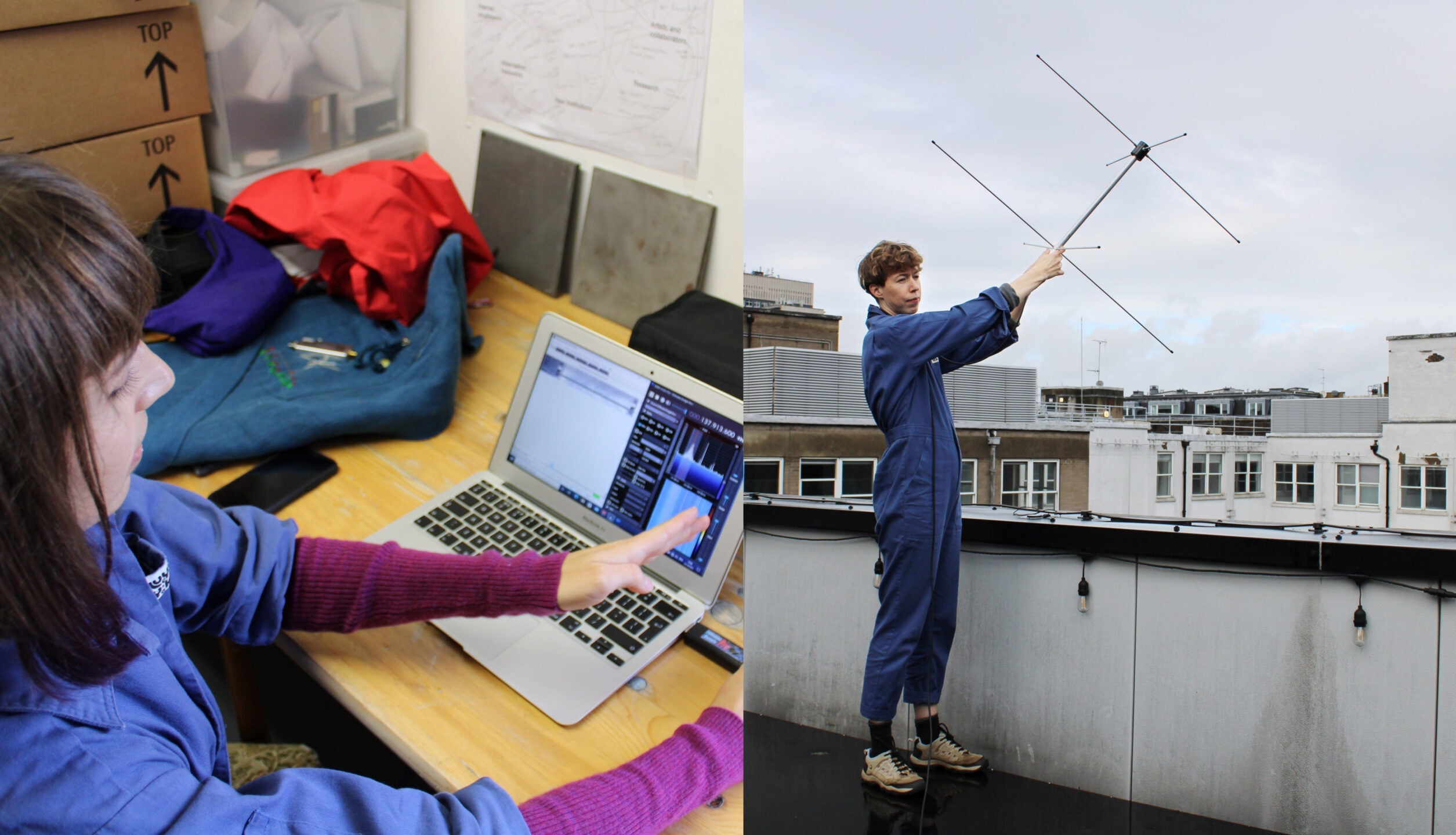
In a world increasingly affected by climate change, accurate and accessible environmental data is more critical than ever. Against a backdrop of recent policy and budget challenges affecting key meteorological institutions in the U.S., innovative solutions are emerging to expand climate data accessibility and engagement. At the forefront of reimagining how we gather and understand climate data is the decentralized, community-driven initiative Open-weather, which combines technology, art, and citizen science to empower individuals worldwide.
By democratizing climate knowledge and fostering direct engagement with the environment, projects like Open-weather and Everywhere Apparel are paving the way for a resilient future. One unlocked through open-source interventions in the material and semantic layers of the world that emphasize the importance of transparency, collaboration, and circular principles to address our planet’s environmental challenges.

Mind the Environmental Knowledge Gap
Reliable environmental knowledge has never been more essential, yet access to climate data is under growing threat. Recent decisions by the U.S. federal government have impeded progress toward environmental justice, notably the withdrawal from the Paris Accords and significant funding cuts to the Environmental Protection Agency (EPA), placing additional strain on an already fragile climate situation (1). These policy shifts arrive at a critical moment, following the hottest year recorded, as global temperatures exceeded 1.5°C above pre-industrial levels for the first time (2).
Essential climate-focused federal institutions have experienced swift austerity measures, notably the National Oceanic and Atmospheric Administration (NOAA), which lost over 800 employees. Within NOAA, the National Weather Service saw nearly a 10% staff reduction, severely impacting critical severe-weather forecasting and disaster-response capabilities, particularly during a deadly tornado outbreak in the southern states (3).
In 2024 alone, NOAA satellites helped save 411 lives from water, land, and aviation incidents (4). As institutional stability falters, access to reliable climate data could become uncertain, underscoring the need for alternative models like Open-weather, which bridges citizen science and climate monitoring.
Open Source Approaches to Climate Data Accessibility
Co-led by Soph Dyer and Sasha Engelmann, Open-weather combines art and climate science to develop a decentralized, citizen-driven model for weather monitoring. Its mission ensures environmental data remains a public good, broadly accessible as an unfiltered, apolitical resource.
Open-weather projects challenge traditional climate data collection by integrating artistic practices, speculative storytelling, low-cost hardware, and open-source software. Emphasizing participatory climate observation, Open-weather reconnects human experience with environmental knowledge, emphasizing the interdependence of bodies and planetary systems.
Projects like the "Satellite Séance" creatively reframed satellite image reception as a ritualistic, embodied experience. Recent initiatives emphasize collective participation in visualizing Earth’s atmospheric conditions through a global network of DIY satellite installations, empowering communities worldwide.


Open Weather: Decentralized, Localized Networks
Open-weather’s current initiative, The Year of Weather, underscores a pivotal moment: Earth has surpassed 1.5 degrees Celsius of warming. Concurrently, reliable access to climate data is threatened, particularly in the U.S., where information is shifting from
For Sasha Engelmann, The Year of Weather is both planetary and personal. It started when her father, an amateur satellite operator, captured satellite imagery over Los Angeles just hours before the Palisades Fire forced their neighborhood's evacuation in early January. This event illustrated climate change’s immediate and personal impacts.
The Year of Weather thus calls for collective engagement in documenting and reimagining Earth's changing climate. Central to this initiative is the 'nowcast' project—an ongoing experiment in mapping weather and climate globally via direct participation by distributed individuals and small groups working with open-source information gathering and decoding tools.
At its core is a decentralized network of Automatic Ground Stations (AGS), radio receivers capturing NOAA satellite transmissions. Open-weather provides open-source AGS software and hardware, facilitating broad public participation.
Empowering Community-Based Climate Adaptation
The significance of community-driven weather monitoring extends beyond mere observation – it facilitates rapid, targeted crisis responses. Real-time local satellite data empowers communities, especially in disaster-prone regions, improving preparedness and adaptation. For example, real-time satellite imagery has accelerated and improved disaster responses, notably during wildfires in Chile (6).
Open-weather’s decentralized model counters traditional, often woefully linear disaster response paradigms. By enabling real-time tracking of severe weather events like hurricanes, floods, and wildfires, it equips communities with life-saving information. This approach effectively fills any knowledge gaps created by institutional instability like NOAA is currently experiencing.
Historical nowcasts demonstrate this practical potential. For example, Nowcast: 6 September 2020 unified thirteen DIY ground station operators to produce comprehensive weather imaging. This initiative evolved into the COP26 Nowcast, documenting Earth's atmospheric conditions during the COP26 climate summit's opening day in Glasgow. Global operators contributed satellite images to form a collective snapshot of Earth’s atmosphere, emphasizing participatory environmental observation.
Open-weather’s nowcasts also symbolize radical imagination. They redefine Earth observation, transforming static, centralized views into dynamic, community-driven mosaics of planetary knowledge.

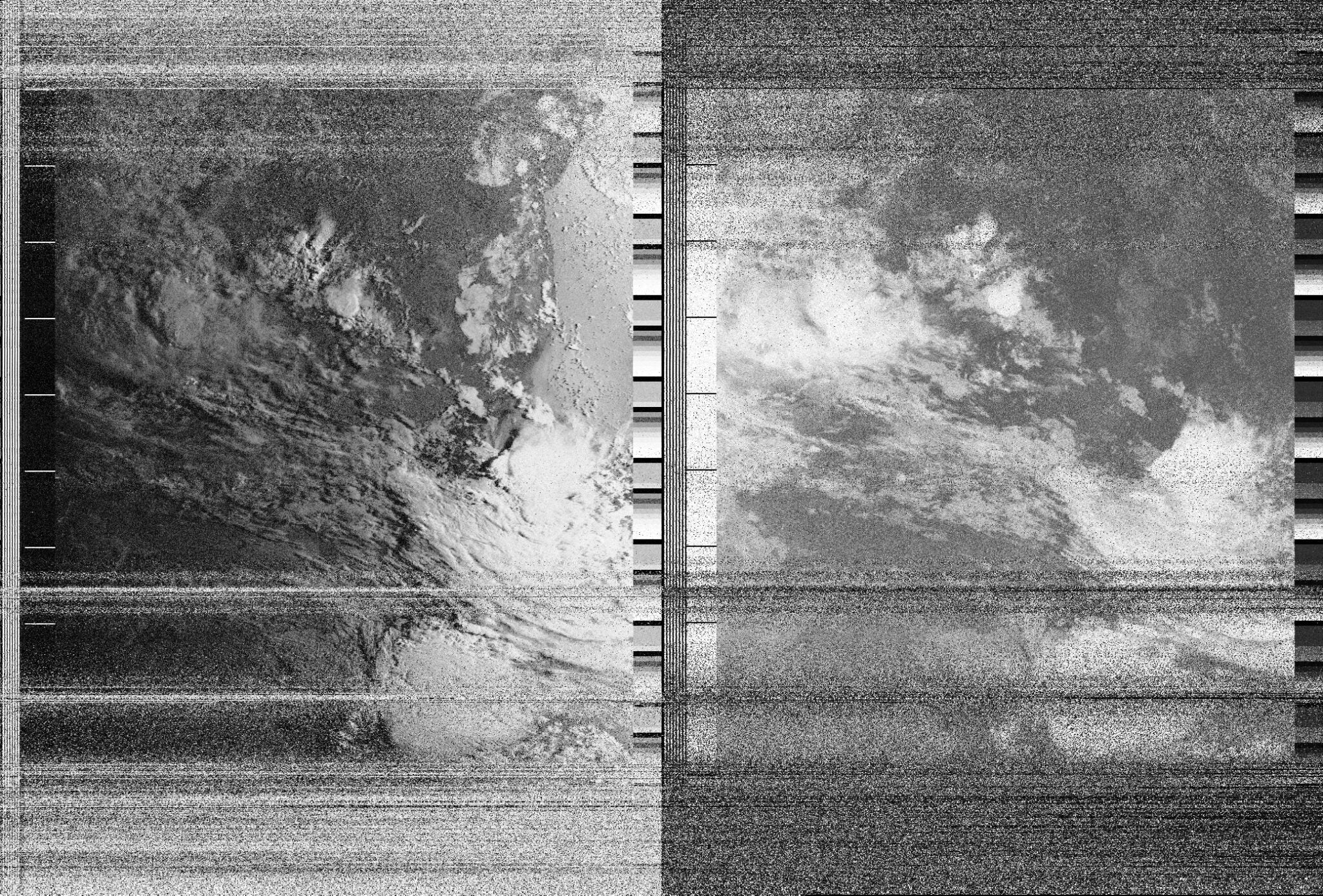

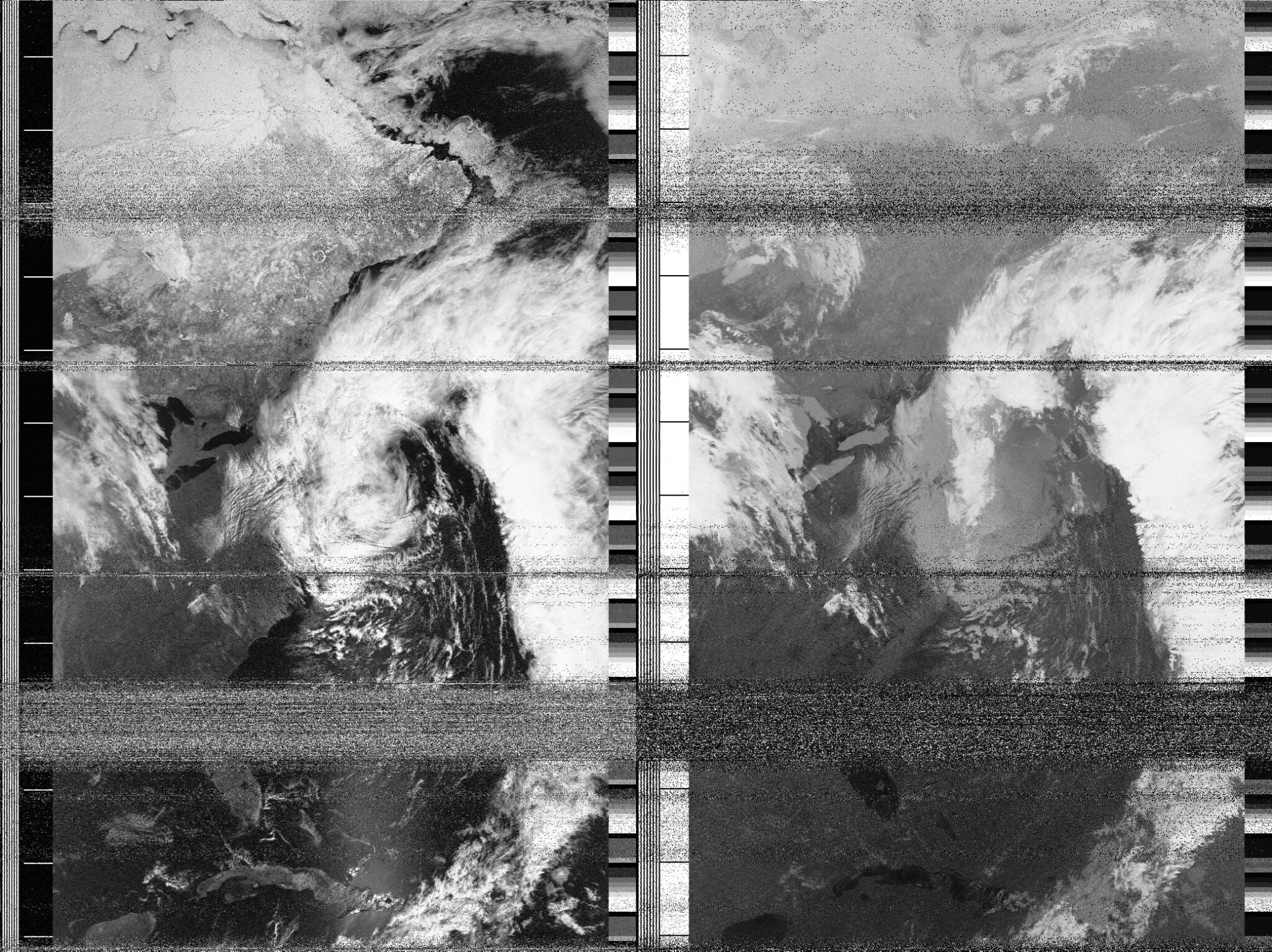
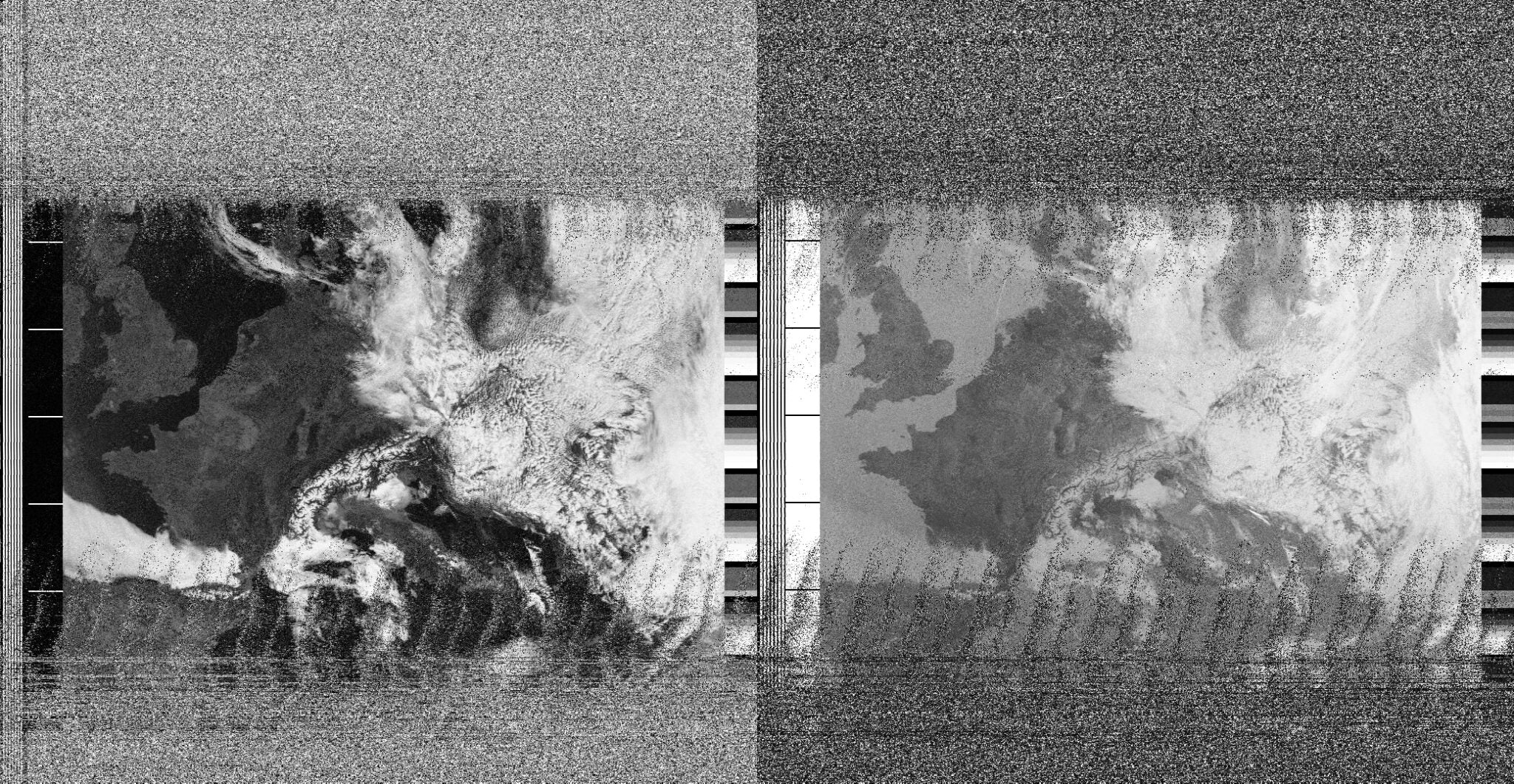
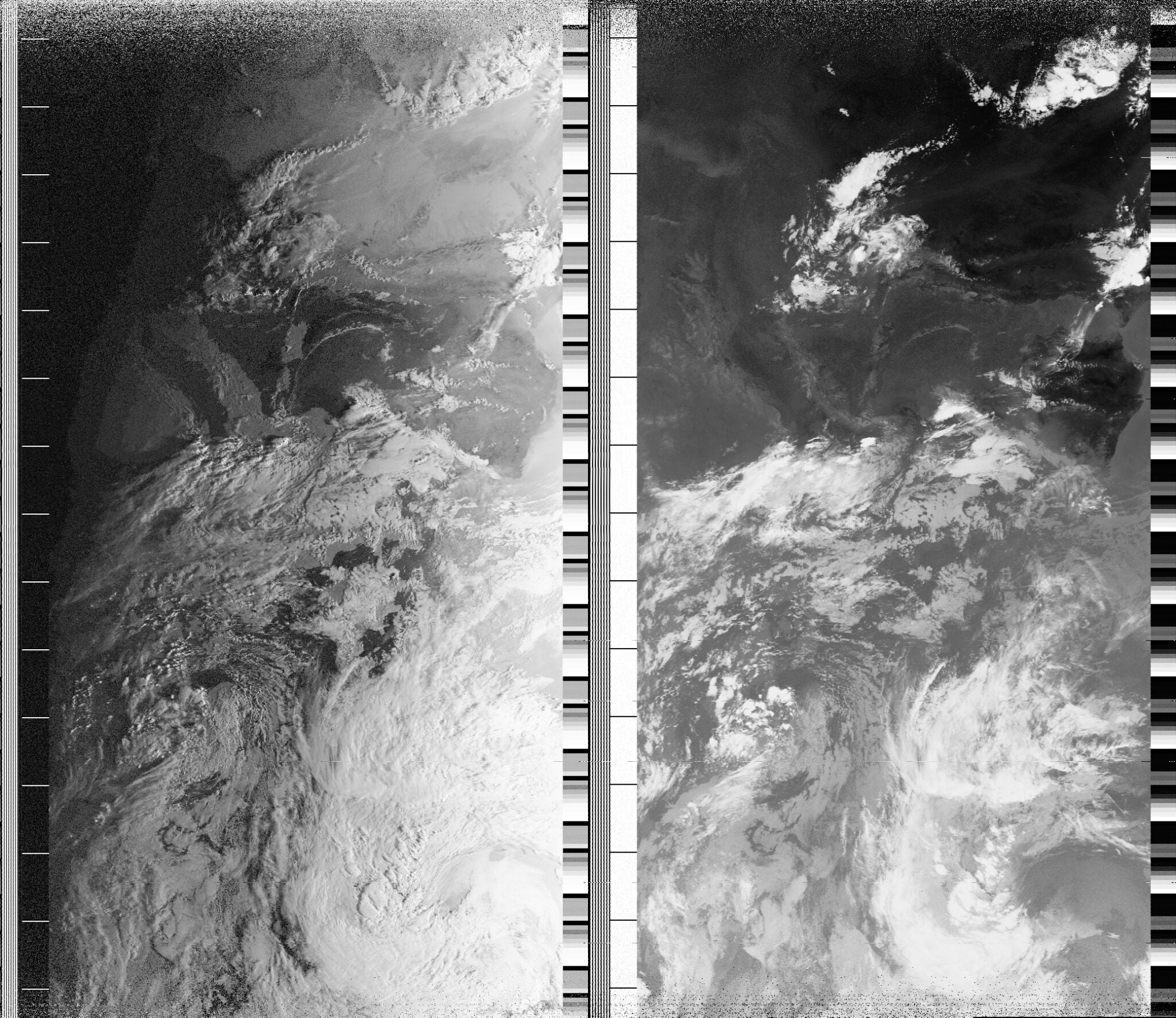

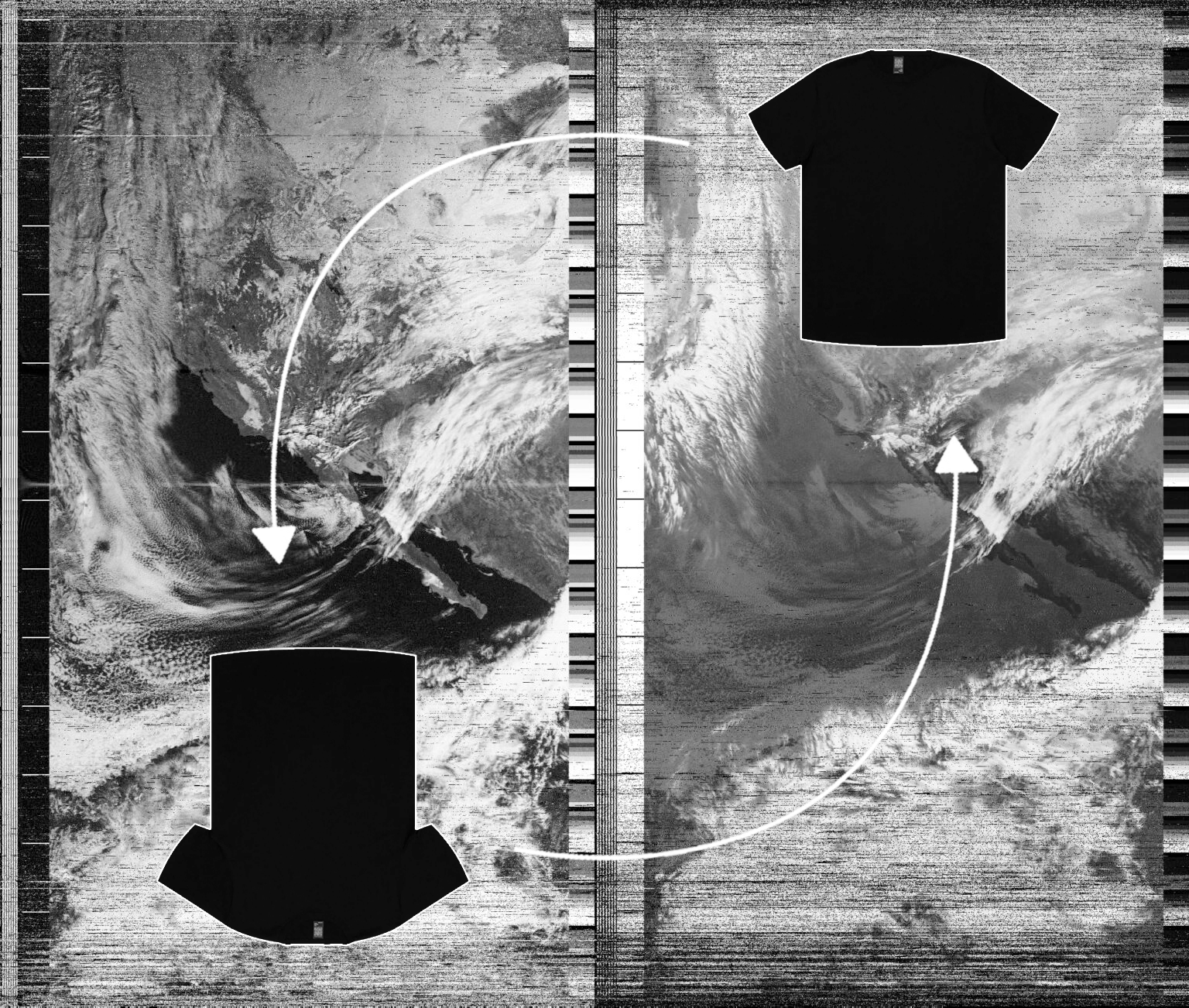
Parallel Systems: Decentralization in Climate and Textiles
Together, Open-weather and Everywhere Apparel embody a transformative vision, seamlessly linking the complexity of climate data with the tangible cycles of everyday materials. Through decentralized, inclusive, and collaborative systems, we're showcasing how openness can amplify transparency, nurture resilience, and advance sustainability.
Information Democratization
Open-weather converts satellite data—traditionally accessible only through institutional intermediaries—into a common resource through distributed reception points. Similarly, Everywhere's QR-activated apparel unlocks democratizes access to material provenance and process data], surfacing insights into the resources embodied in the very clothes we wear.
Closed-Loop System Architecture
Just as Open-weather's AGS network creates collaborative feedback loops that enhance collective environmental intelligence, Everywhere's recycling infrastructure establishes material feedback loops that preserve the value and usefulness of resources embodied within the clothes we all wear. Both approaches reject linear, extractive models in favor of circular, positive-feedback loops.
Distributed Responsibility Frameworks
Open-weather shifts environmental monitoring from centralized authorities to community participants, distributing both the labor and agency of climate observation. This mirrors Everywhere's implementation of QR-activated recycling programs, where a simple scan empowers engaged consumers to take responsibility for material stewardship in the absence of larger frameworks holding producers accountable. Both represent systems of distributed environmental governance.
Our shared goal is clear: to reimagine and remake the world through new systems based on practices that enhance our collective understanding and world-experience on a planetary scale – with the hope that the innovations in material and information circularity we’ve seeded will illuminate viable paths toward a brighter future for everyone.
1. TIME, Here Are All of Trump’s Major Moves to Dismantle Climate Action.
2. Copernicus, Copernicus: 2024 is the first year to exceed 1.5°C above pre-industrial level.
3. Insurance Journal, Firings at NOAA Risk Lives and Economy, Former Agency Head Warns.
4. NOAA, NOAA satellites were pivotal in the rescue of 411 lives in 2024.
5. The Guardian, Trump layoffs have hollowed out key weather monitoring staff amid storm season.
6. Fire & Safety Journal Americas, How satellite data is reshaping disaster management in Central and South America.

